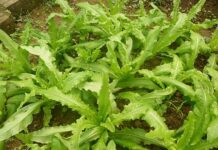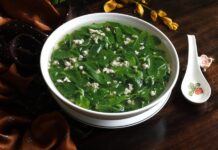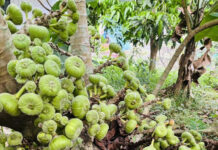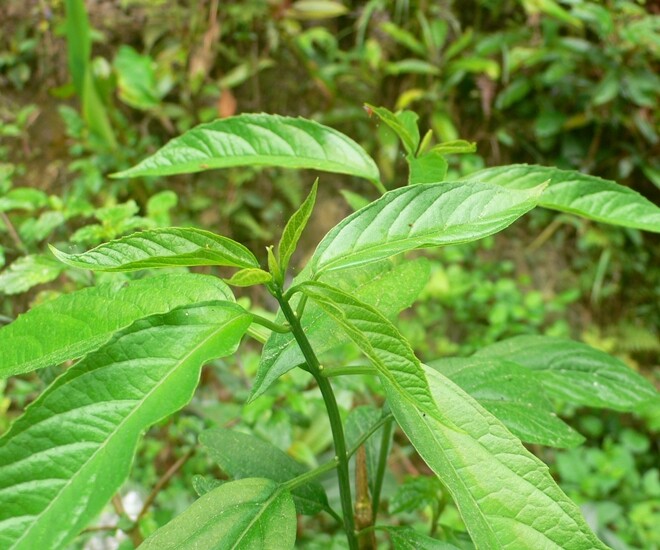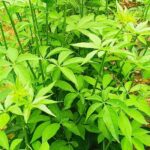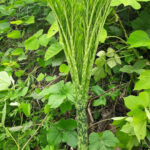The leaves of this plant are lobed, a deep shade of green, and emit a distinctive pungent smell when crushed. The small, white flowers of the Cay bitter melon plant appear at the end of its branches, with five petals and long stamens, resembling male papaya flowers. Its fruits are drupes, ovoid in shape, and turn black when ripe.
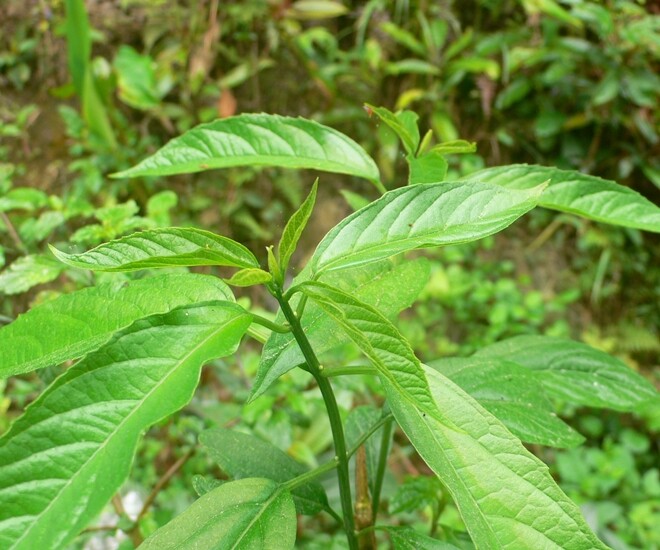
While Cay bitter melon can be harvested year-round, it is at its best during spring, from January to March. The gentle spring rain and warm climate encourage the Cay bitter melon to sprout new shoots. These tender, plump young shoots growing densely on the branches are considered “forest delicacies” by locals. They venture into the mountains to harvest this vegetable, choosing sunny days to preserve its freshness.
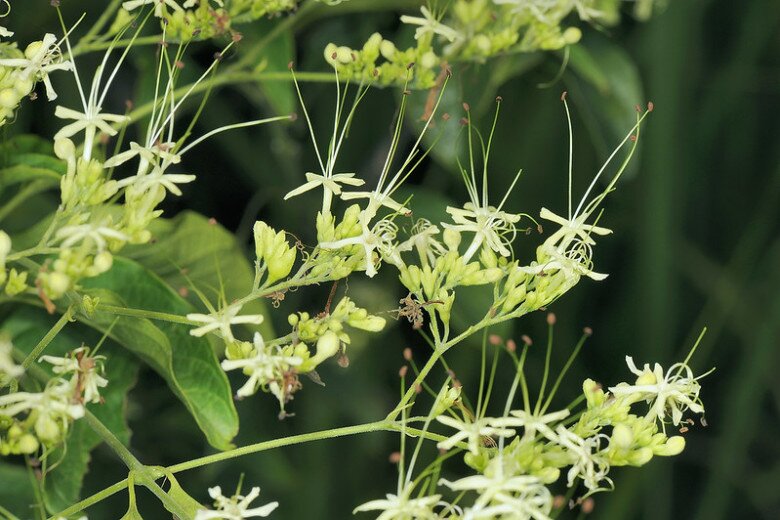
Flowers of the Cay bitter melon plant.
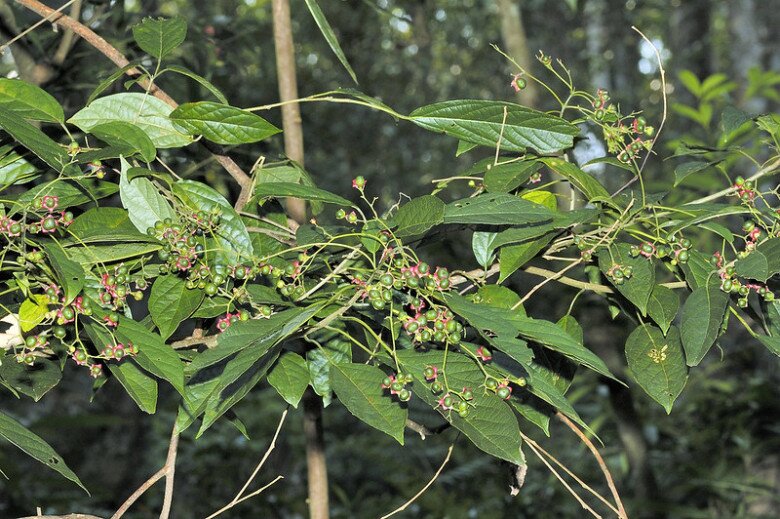
Fruits of the Cay bitter melon plant.
Cay bitter melon can be prepared in a variety of ways, including stir-frying with eggs, cooking in meat broth, stir-frying with garlic, or steaming in bamboo tubes. Each cooking method imparts a unique flavor, but they all share a common characteristic: an initial bitter taste that gives way to a sweet aftertaste.
In rural markets, Cay bitter melon is quite affordable, typically costing between 30,000 and 50,000 VND per kilogram. However, in Hanoi and other lowland provinces, the price can soar to 80,000–100,000 VND per kilogram, and it is still sought after by many.
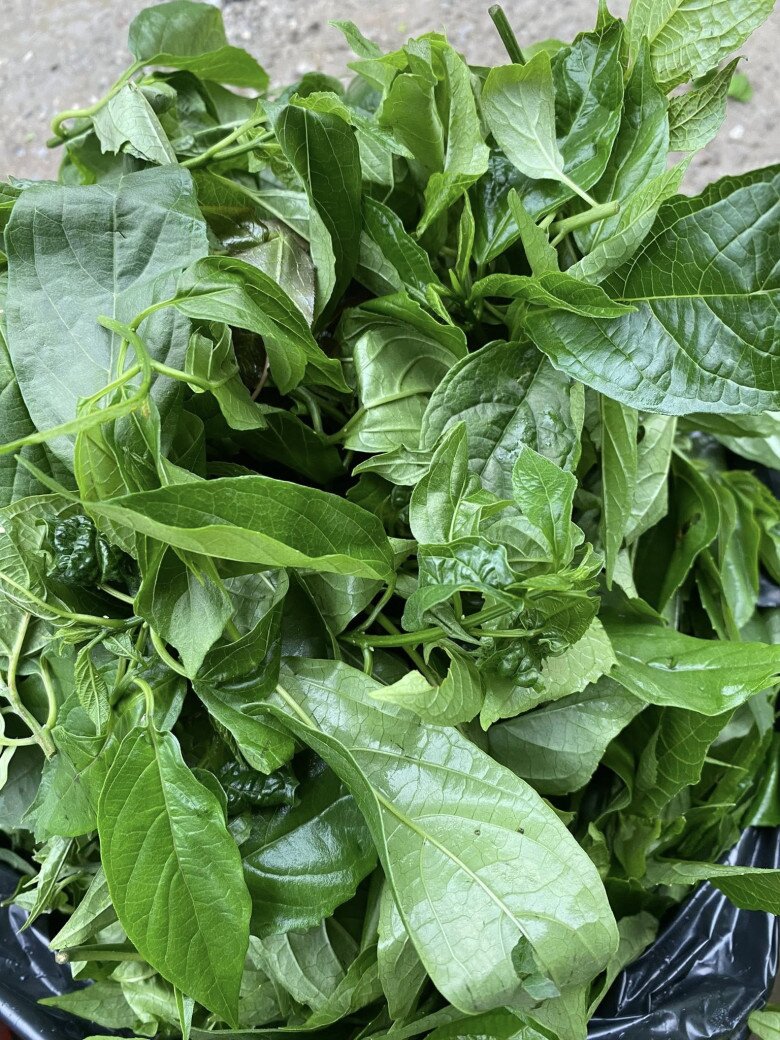
According to traditional knowledge, Cay bitter melon is particularly beneficial for postpartum women as it promotes lactation, aids digestion, and accelerates recovery. However, it should be consumed only when properly cooked, and pregnant women should exercise caution.
Beyond its culinary uses, Cay bitter melon is also a well-known herbal remedy with a long history of use. In traditional Eastern medicine, the leaves and stems of the plant are believed to have a bitter taste and a cold nature, benefiting the liver, heart, and spleen. It is said to possess cooling, detoxifying, blood-nourishing, hemostatic, anti-inflammatory, and fever-reducing properties. Additionally, the leaves and stems are often sun-dried, brewed like tea, and consumed as a cooling beverage.
Modern experiments have revealed that the decoction made from Cay bitter melon leaves can inhibit certain bacteria that cause digestive problems, even those that have become antibiotic-resistant.
In clinical settings, preparations made from Cay bitter melon have been used to support the treatment of various conditions, ranging from high fever, sore throat, hepatitis, and pneumonia to allergic dermatitis, abscesses, and boils. Some studies also suggest that this plant may possess antiviral properties and enhance the body’s natural defenses, earning it the nickname “forest ginseng.”
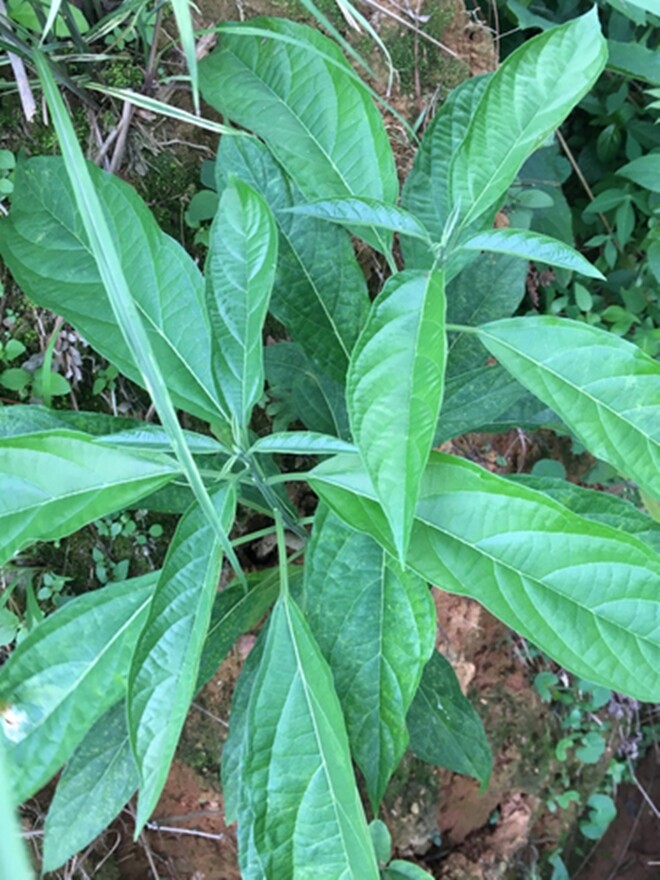
Cultivation and Care of the Cay Bitter Melon Plant
Although Cay bitter melon is a wild plant, many people now cultivate it in their home gardens to ensure a year-round supply without having to venture into the forests. The primary method of propagation for this plant is through seeds.
The ripe fruits can be harvested from late August to mid-November, dried, and stored for planting in mid-March to April of the following year.
When sowing the seeds, simply scatter them on loose, fertile soil and cover them with a thin layer of soil. Then, spread straw over the surface to retain moisture and prevent the seeds from being washed away during watering. Once the seeds have germinated, remove the straw.
Once the seedlings have developed 2–3 true leaves, they can be transplanted outdoors or into pots. The ideal time for transplantation is from December to January, when the weather is cool. If the seedlings are too young and fragile, trim the top of the seedling; if the main root is too long, trim its end as well.
In addition to seed propagation, you can also purchase seedlings from plant nurseries.
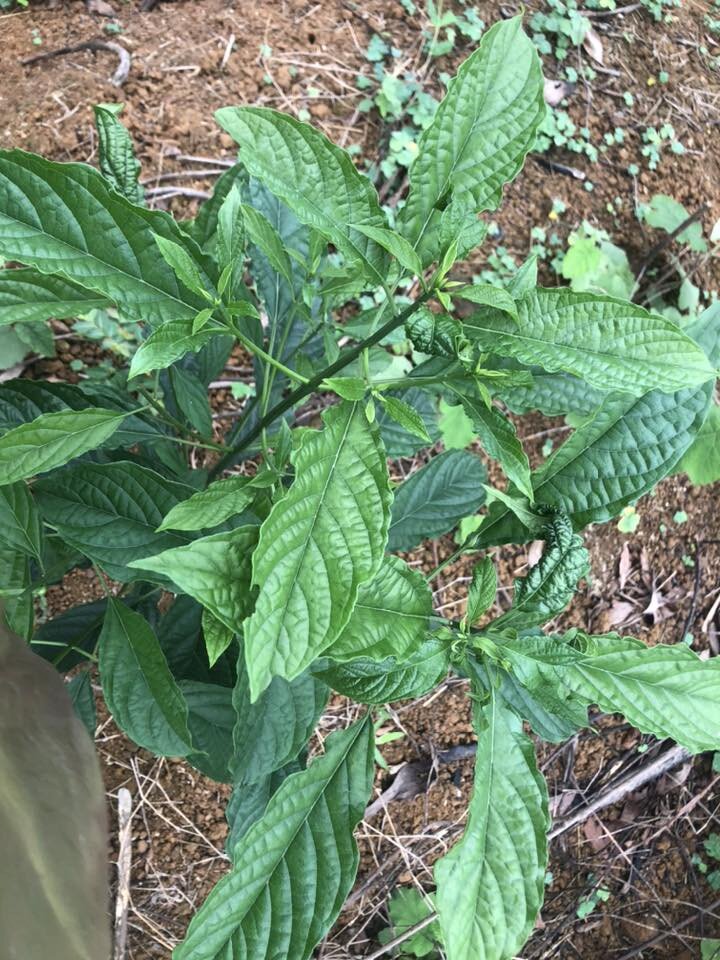
Cay bitter melon is a resilient wild plant, but to ensure its optimal growth and abundant young shoots, consider the following care tips:
– Watering and Fertilization
After planting, if the weather is dry, start by watering sparingly but frequently (once every 1–2 weeks). As the plant grows larger, gradually reduce the frequency of watering. Once the canopy and root system are well-established, adjust the watering frequency according to the terrain and weather conditions. During rainy periods, ensure proper drainage to prevent root rot.
In early winter, combine soil tilling with manure or organic fertilizer application, such as soybean residue. From late February to early March, apply a compound NPK fertilizer or organic fertilizer to stimulate sprouting. In early May, apply additional NPK or organic fertilizer. After harvesting the young shoots, spray the plant with a foliar fertilizer (diluted urea combined with potassium dihydrogen phosphate) to replenish nutrients.

– Canopy Management and Pruning
During winter garden maintenance, remove diseased, weak, and densely growing branches. When the transplanted seedling has taken root and started to produce new shoots, prune the main stem about 15 cm above the ground to shape it.
As the main stem grows, select and retain three evenly distributed healthy branches, while pruning away unnecessary shoots. If the plant’s growth is weak, perform heavy pruning to revive its vigor and encourage new growth.
– Pest and Disease Control
Cay bitter melon plants are generally resistant to pests and diseases, but they may occasionally be affected by powdery mildew, black mold, or insects such as aphids, red spiders, mealybugs, scale insects, and mealybug wax moths. The primary prevention measure is timely harvesting of the young shoots to avoid depleting the plant’s resources.
During winter, till the soil, apply fertilizer, and clean the garden. Then, spray the soil with a solution of lime sulfur. In early spring, when the plant starts to sprout, spray Bordeaux mixture on the foliage.
If pest infestations occur during the plant’s growth period, sprinkle wood ash or use a solution made by soaking used tea leaves or dried tobacco leaves in boiling water. Filter the solution before spraying it on the plant for pest control.
Underground Delicacies: A Tasty Trek from North to South Vietnam.
The humble root vegetable, often unassuming in appearance and with a tendency to cause an itchy throat, is a culinary delight that spans the length of Vietnam. From the north to the south, this underground specialty is a beloved treat, cherished for its unique flavor and versatility in local dishes.
The Green Thumb Dad: $3,200 and a Green Oasis on the Rooftop
“A lush and vibrant oasis, Anh Quoc’s garden is a sight to behold. With an abundance of vibrant vegetables and fruits, it’s a true feast for the senses. The carefully tended beds showcase a rainbow of colors, from the deep greens of leafy vegetables to the vibrant reds and oranges of ripe tomatoes and peppers. This garden is a testament to the owner’s dedication and passion, leaving all who behold it in envy.”














